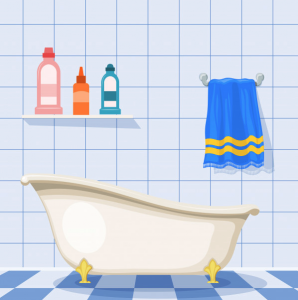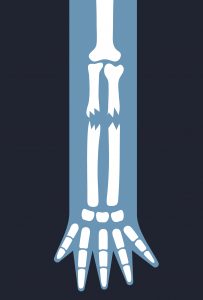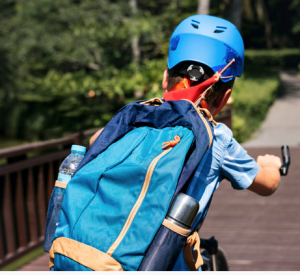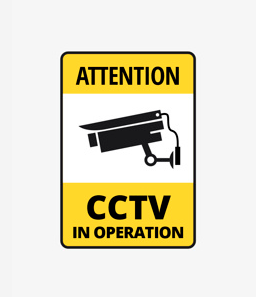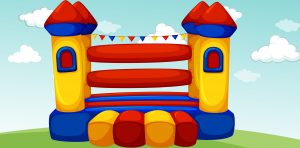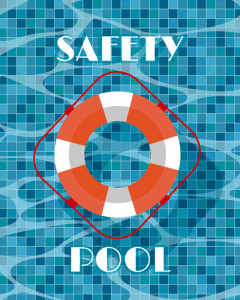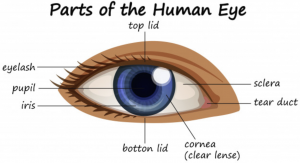 Children, especially toddlers and infants, lack safety awareness. Because of this, it is important to provide close supervision of children and take reasonable steps to remove dangerous objects away from the reach of children. For some children in schools, summer camps, day care centers, and other locations, a moment of inattention combined with a moment of danger can lead to serious and permanent eye injuries.
Children, especially toddlers and infants, lack safety awareness. Because of this, it is important to provide close supervision of children and take reasonable steps to remove dangerous objects away from the reach of children. For some children in schools, summer camps, day care centers, and other locations, a moment of inattention combined with a moment of danger can lead to serious and permanent eye injuries.
Summer camps, day cares, and schools contain many items that could potentially injure your child’s eyes. When at play, children may come across potential hazards such as projectile toys and fake guns such as bb or pellet guns. Reminders to be cautious around these toys can prevent carelessness that may lead to eye injury. In sports involving small moving objects such as balls, pucks, or shuttlecocks, protective eyewear can protect your child’s during play. Be sure to only use protective eyewear that is ASTM F803 approved as the wrong pair of glasses may be more harm than good in the case of an eye injury. Certain items such as laser pointers, especially green laser pointers with shorter wavelengths, can permanently injure a child’s eyesight in a moment’s notice and should remain out of their reach. It is also important to be watchful around the house this summer as many common household items can cause serious eye injury in the hands of an unsupervised child. Paper clips, wire coat hangers, bungee cords, and rubber bands amongst others are examples of items that should be stowed away out of reach of children around the house. Chemicals and cleaners such as bleach should also be in secure spots out of reach to avoid an accidental spill that may end up in the eyes. Whenever performing yardwork, be sure to keep your child away from any flying debris involved (i.e. mowing the lawn). Even when gardening, it is wise to keep children far from and fertilizers or pesticides as they can cause severe damage if dropped into the eyes. Be wary when cooking as the kitchen also holds many an item that can cause injury to the eyes. Certain kitchen utensils such as knives should be kept in child-proof locations and shouldn’t be put down unsupervised. When cooking using hot oils, a grease shield can prevent any splashes from hitting your child in the eyes.
In the event of any eye irritation, a child care provider will need to be cautious in cleaning out their child’s eyes. Before cleaning out the child’s eyes, washing hands can prevent further irritation during the cleaning process. Avoid touching, rubbing, or pressing on the eye itself as the contact can increase irritation to the eyes. According to KidsHealth.org, flushing a child’s eyes with warm water for up to 15 minutes is a good way to try and remove any foreign bodies causing the irritation. If the foreign body still remains after 15 minutes, medical attention may be needed for its removal. Cautious preparation along with quick responses in the event of an incident may be the difference between the child suffering an eye injury so be sure to keep safety in mind throughout your fun summer activities this year!
 Unfortunately and tragically, Putnam County, Florida made headlines due to the reported death of a 9 year old from COVID-19. The symptoms that can develop from COVID-19 range from no symptoms to death. This is certainly a broad range of symptoms and risks. Many people incorrectly believe that children are either immune from the symptoms or major symptoms of COVID-19. Other believe that only people with significant medical issues with the majority of those people being older adults are the only ones at true risk in the COVID-19 that we, as Floridians, are currently dealing with.
Unfortunately and tragically, Putnam County, Florida made headlines due to the reported death of a 9 year old from COVID-19. The symptoms that can develop from COVID-19 range from no symptoms to death. This is certainly a broad range of symptoms and risks. Many people incorrectly believe that children are either immune from the symptoms or major symptoms of COVID-19. Other believe that only people with significant medical issues with the majority of those people being older adults are the only ones at true risk in the COVID-19 that we, as Floridians, are currently dealing with. Unfortunately and tragically, Putnam County, Florida made headlines due to the reported death of a 9 year old from COVID-19. The symptoms that can develop from COVID-19 range from no symptoms to death. This is certainly a broad range of symptoms and risks. Many people incorrectly believe that children are either immune from the symptoms or major symptoms of COVID-19. Other believe that only people with significant medical issues with the majority of those people being older adults are the only ones at true risk in the COVID-19 that we, as Floridians, are currently dealing with.
Unfortunately and tragically, Putnam County, Florida made headlines due to the reported death of a 9 year old from COVID-19. The symptoms that can develop from COVID-19 range from no symptoms to death. This is certainly a broad range of symptoms and risks. Many people incorrectly believe that children are either immune from the symptoms or major symptoms of COVID-19. Other believe that only people with significant medical issues with the majority of those people being older adults are the only ones at true risk in the COVID-19 that we, as Floridians, are currently dealing with. Child Injury Lawyer Blog
Child Injury Lawyer Blog


